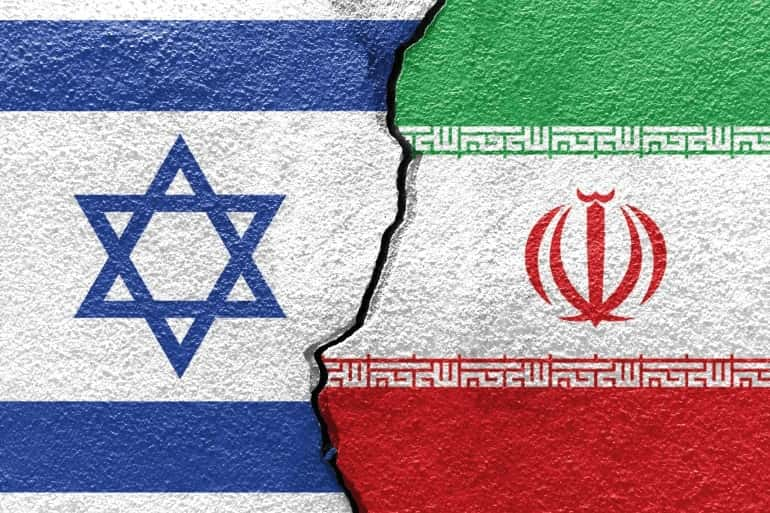The World Isn’t at Peace Israel and Iran Erupt into Military Conflict
Oh boy, the world really isn’t at peace—just as the India-Pakistan conflict wound down and the Russia-Ukraine war still rages, Israel and Iran have broken out into military clashes again.
Overview of the Conflict
In the early hours of June 13, 2025, Israel launched an air campaign codenamed “Operation Rising Lion,” directly targeting Iran’s nuclear facilities and key military bases. According to Iranian official figures, that first wave of strikes killed at least 224 people and injured over 1,000—civilians included.
Iran responded swiftly and decisively, firing over 20 ballistic missiles and deploying armed drones in retaliatory strikes against Israel. The barrage wounded dozens of Israelis and damaged multiple infrastructure sites.
On June 22, the United States entered the fray, deploying B-2 stealth bombers to hit Iran’s Fordow, Natanz, and Isfahan nuclear sites. U.S. officials claim they severely degraded Iran’s nuclear capabilities, though Tehran insists the damage was limited. With that, what began as an airstrike skirmish has escalated into a major new phase of Middle Eastern conflict.
Historical Geopolitical Struggle
The hostility between Israel and Iran dates back to the 1979 Iranian Islamic Revolution, when the new regime declared explicit “anti-Zionist” and “anti-American” stances. Over the decades, Tehran has funded Shiite militias such as Hezbollah to wage proxy wars against Israel and its allies.
Israel, in turn, has repeatedly struck Iranian positions in Syria and Lebanon in an effort to curb Tehran’s regional influence. Though no formal declaration of war had been made, the two sides frequently clashed over Syrian airspace before this latest eruption. Neighboring states are divided: Iraq, Syria, and Pakistan have condemned Israel; Gulf states like Saudi Arabia and the UAE urge restraint; Turkey and Russia voice concerns for regional stability; most Western nations back Israel’s right to self-defense.
Long-standing religious, ethnic, and strategic rivalries make this more than just a bilateral showdown—it’s an extension of the wider Middle Eastern power game.
Inevitability of the Conflict
Strategically, this flare-up was almost unavoidable. First, Iran’s nuclear program has accelerated in recent years—its high-enriched uranium stock has reached roughly 400 kg, edging toward weapons-grade levels and deeply unsettling Israel.
Second, after the back-and-forth fights in Gaza and Lebanon from 2023 to 2024, Iran’s proxy forces—Hezbollah and Hamas—suffered heavy losses and could no longer deter Israel effectively. That, in turn, presented Israel with a window for a preemptive strike.
Finally, domestic politics played a role: Israel’s leadership sought to shore up support through a decisive military action, while Iran faced crippling sanctions and internal discontent, and couldn’t risk appearing weak. All these factors combined made the conflict almost unavoidable.
Looking Ahead
This crisis has rippled far beyond the Middle East, forcing major powers to reassess their stakes. America’s intervention underscores the U.S.–Israel alliance but has sparked fierce debate at home over executive war powers.
Russia and China have called for an immediate ceasefire, warning that the fighting could spiral into a broader war. Global oil prices have jumped, roiling energy markets; the UN Security Council has convened multiple emergency sessions, but U.S.–Russia divisions have blocked any unified resolution. If the fighting continues to escalate, we could see further proxy battles or full-scale interventions by other regional players. Conversely, if the world’s powers succeed in diplomatic pressure, this crisis might gradually cool. Either way, this showdown tests the international order—and its outcome will hinge on the delicate balance between great-power rivalry and on-the-ground realities.



